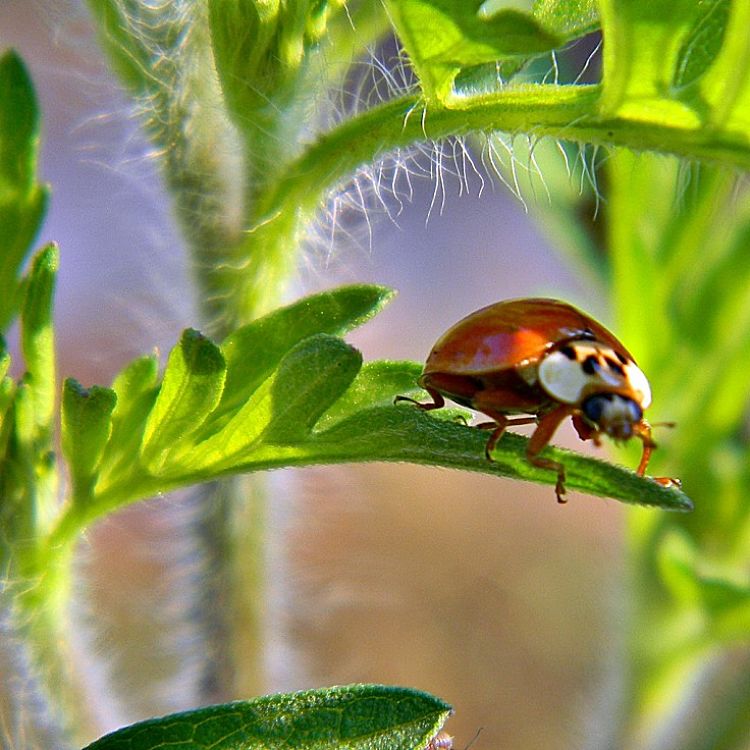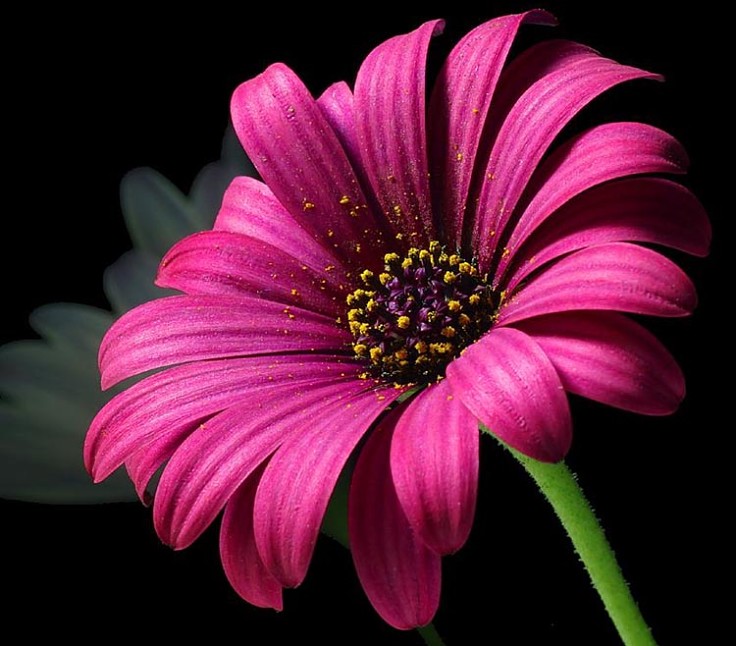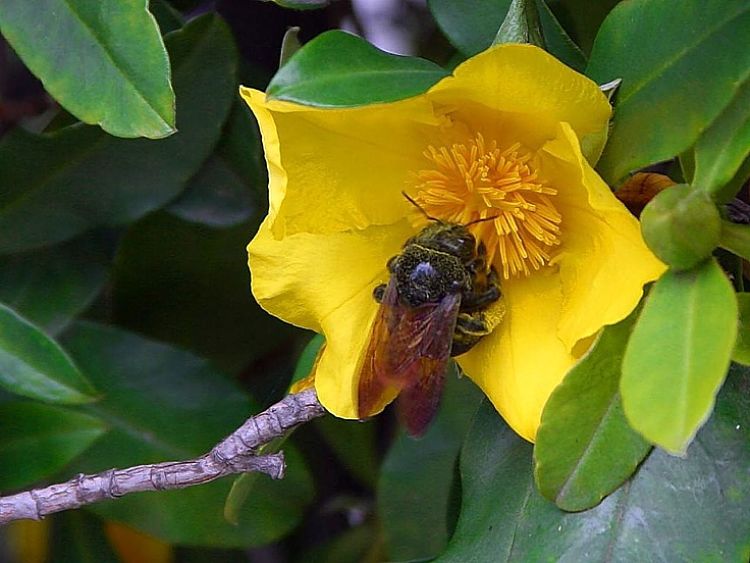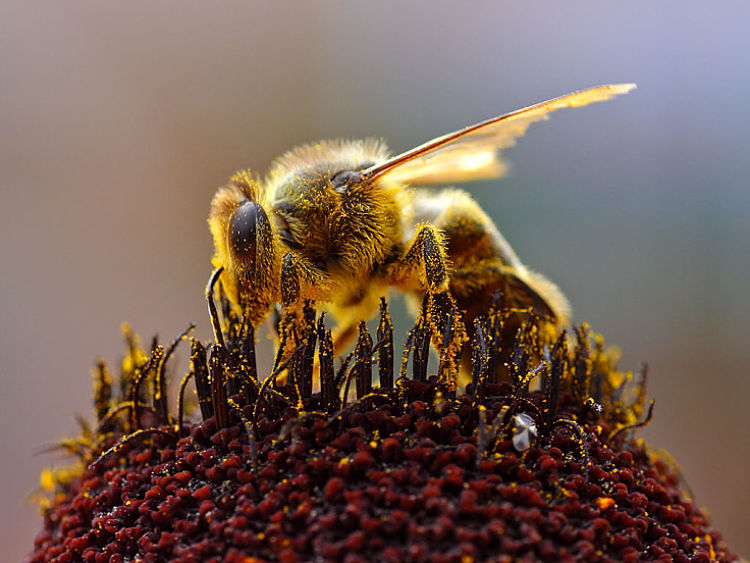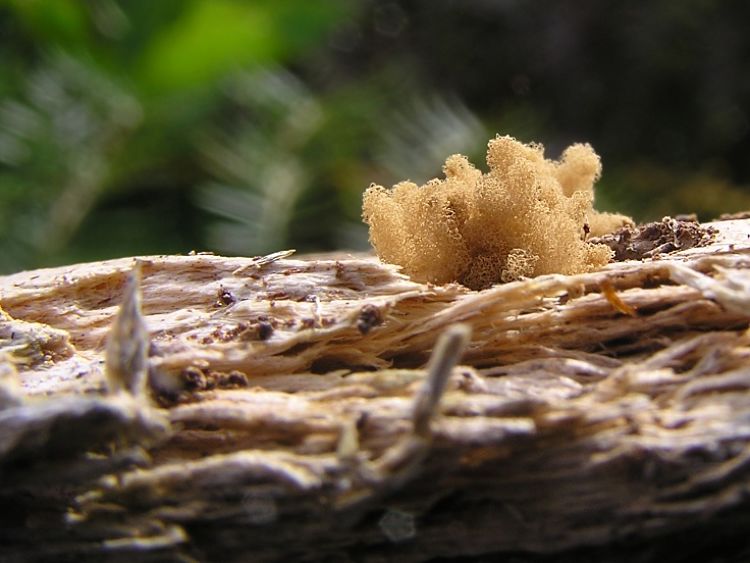Allergy Free Garden Design and Tips for Low Allergen Gardening
Designing and working in your garden, in the correct way, can keep allergens to a minimum and lower the risk of hay fever and asthma. Obviously you cannot do much about pollen originating outside of your own garden, and yards. But you can do a lot within your own patch.
Allergy incidence rates have increased alarmingly. About 25% of people suffer some form of seasonal rhinitis (itchy nose, sneezing and nasal congestion associated with hay fever).
There are estimated to be 5 million people in the UK and 26 million in USA that suffer from asthma. Prevalence rates for asthma increased from 7.3% in 2001 to 8.4% in 2010, in USA..
Surprisingly, the domestic garden is the source of both of the most frequent triggers of allergic reactions: pollens (particularly grass and tree pollens) and molds.
If you suffer from allergies your garden is a good place to start to control the local sources of allergens.
This article tells you what to do to avoid problem plant species and how to garden is ways that reduces the risks of allergies.
Tips for Allergy Free Gardens
Avoid all plants that are wind-pollinated - These plants have is light, tiny pollen that is shed in huge clouds of pollen in early summer. These tiny pollen are easily inhaled. Many of the common trees are wind pollinated, including yew, willow, sycamore, plane, oak, horse chestnut, hazel, elder, birch and ash. Insect-pollinated plants tend to have larger and heavier pollen that sticks to bees and other insects and does not easily become airborne.
Fruit trees that produce attractive flowers, such as cornus, amelanchier, crab apples and most fruit trees are generally OK.
Daisy-shaped blooms, such as asters and daisies are generally fine but many of these with heavily scented flowers, such as lilies and jasmine and lilies can trigger asthma attacks in some people.
Avoid ornamental grasses and even lawn grasses that flower and shed pollen. If you suffer from allergies or asthma don't lie on the grass. Use a hammock.
Use ground covers and heavy mulching to keep the garden free of weeds, which are a major cause of allergies.
Minimise molds in the garden -Molds love damp areas and thrive on rotting compost and vegetable matter. Beware of bought mulch and potting mix that may contain a build up of spores that are released when the bags are opened. Always cover any rotting vegetation and fresh compost with dry mulch
Don't bring the garden pollen indoors - It is a good idea to shower and change out of your gardening clothes when you go indoors. Pollens and molds may be accumulated on you clothes. They may not cause problems outside, but may trigger a response in the confines of the house.
Always check various books or websites to check whether the plants you are considering buying and known to cause allergies. Get to know your own sensitivities.
Choose local native plants. They are generally easier to grow and you are more likely to know the ones to avoid in your own area.
Ask for female trees as most pollen actually comes from male trees.Systematically remove the heavy pollen producing plants from your garden.This includes trees, shrubs and perennials. Get to know the species names and look them up in the allergy risk books and websites. Often you may not be able to identify the exact plant that is causing sneezing, itchy eyes and coughing. It is better to remove all the most likely species than to continue to suffer.
Be prepared for gardening with masks and adequate clothing that protects you from getting pollen on you bare skin. This is especially wise when you are removing plants you know you are allergic to. If necessary take antihistamines before you go outside a start to work in the garden. Make sure you wear the right clothing. This includes long pants and proper shoes ( not sandals), long-sleeved shirts, gloves, sunglasses or goggles. Consider wearing a dust mask on risky days.
Plant and work in your garden when pollen counts are lowest. The best times are usually early morning and late in the evening. You need to consider pollen from your own garden, from the neighbors gardens and pollen carried by the wind. If there is no wind there will be less pollen in the air. Check your local the weather forecast. Find one that includes pollen counts. Avoid the times when the counts are high. Pollen counts tend to be lower on cloudy, cool,or damp days. Pollen counts are generally higher on windy and dry days, especially in Spring and early summer.
Don't touch your eyes, lips and face with your fingers while working outdoors.This can transfer the pollen in to sensitive areas where it may cause a reaction.
Use organic methods and reduce your use of herbicides, fungicides, insecticides and chemical fertilisers. You may be allergic to these chemicals, themselves and their use make trigger hypersensitivity to fungal spores, pollen and other allergens.
Compost is wonderful, but it is a major source of dust and fungal spores to which you may be allergic. Wear a protective mask, gloves and long sleeve shirts when turning the compost in your compost bin, and spreading it around your garden. Commercial soils and compost sold in bags is also renowned as a source of pollen and spores and can trigger allergic reactions.
Do your gardening in the morning on cool wind-free days before the pollen and mould spore counts get too high. The source of the allergies may be your neighbors gardens and this may be the only way to avoid these problems.
Remove asthma triggers such as weeds, flowers, and shrubs such as privet from gardens. Learn the list of plants to avoid.
Choose plants that have large open flowers that are pollinated by insects and birds rather than those that shed large volume of wind-borne pollen.
